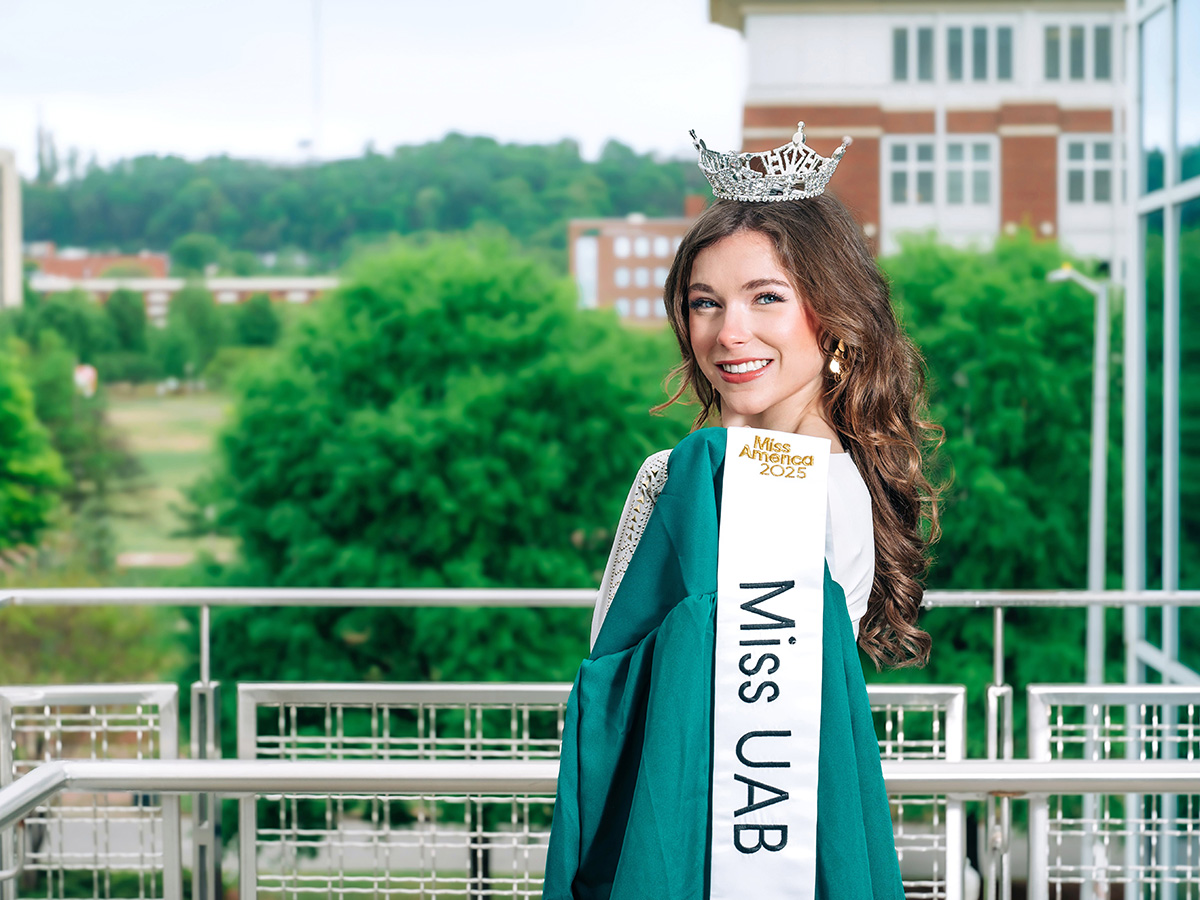How does an aspiring major league baseball pitcher turn into Alabama’s consultant for one of the most poisonous toxins in the world?
 Dr. David Jenkins
Dr. David JenkinsPhoto by Kayla McLaughlin
Dr. David Jenkins sat down on the third floor of Heritage Hall and leaned his cane against the table. He’d recently had knee replacement surgery and was still rehabilitating. He attributes the problem with his knee to his work as a biology professor at UAB. He said 41 years of lecturing start to wear on your joints, but he wouldn’t have traded his days teaching for anything.
“I could go to class really not feeling good at all and [in] five minutes, I’d forgotten about that because I enjoy telling students things they didn’t know. I really enjoy seeing the students ask a question and saying, ‘Boy, I never knew that.’”
During his tenure, Jenkins taught microbiology and mycology to about 25,000 students. He has also helped save lives.
Jenkins is one of the only mycologists in Alabama and his research surrounds the genus Amanita, some of the deadliest mushrooms in the world. When he arrived at UAB in 1974, he was the only mycologist in the state, and once Children’s Hospital discovered his background in medical mycology, they asked him to be a consultant. While he receives calls from across the southeast asking for his expertise, he says 50 to 60 calls are from Children’s each year.
“One this past week, when they sent me a picture, immediately I saw that it was a deadly poisonous mushroom,” Jenkins says. “And that scared me to death because it was a little child that had taken a little bite out of it apparently.”
It was a case from Huntsville and the child was brought to Birmingham for monitoring because the poison in the type of mushroom the girl consumed doesn’t set in until after 24 hours. Jenkins reported that the child survived, but said that if she had eaten much more, it would have killed her.
“I mean, there are no antidotes or anything for that type of toxin,” he says. “And that was the genus that I worked with ... It contains the most deadly poisonous mushrooms and some of the biggest, beautiful mushrooms. It was a very exciting genus of mushrooms to work with over the years.”
Jenkins is a primary researcher of Amanita, but as a student, making mushrooms his life’s work never crossed his mind.
“Actually, I thought I’d have a major league career in pitching,” he says. Jenkins had been playing baseball since little league, and during his senior year of high school, he was gaining the attention of major league scouts. He was sure his life was headed straight to the big leagues. That was the year he tore the rotator cuff in his shoulder, ending his dream as a major league pitcher forever.
“Back then there was just no therapy for anything like that,” Jenkins says.
Once he began college, he started playing on the first men’s volleyball team at the University of Tennessee. Spiking, he said, used a similar motion as pitching but didn’t slow him down. College was also Jenkins’ first encounter with mycology, and once he discovered it, mushrooms became his passion.
 Amanita mushroom
Amanita mushroomPhoto by John Tann/Flickr Commons The majority of his work has been collecting and differentiating various Amanita mushrooms, and he has discovered about 20 new species during his career.
He said he has been to every state east of the Mississippi and most western states searching for mushrooms. He’s travelled overseas and to South America to give talks on his research and collect specimens. In 1985, he was staying outside Mexico City to give talks and lead collection tours when an 8.1-magnitude earthquake struck. “I was in the shower,” he says. The quake devastated Mexico City and cost 10,000 people their lives. “It was just an incredible experience. Scary as anything could be.” Back in the United States, the university, Jenkins’ students and wife weren’t sure if he’d survived. Once he returned to Alabama, his class gave him a standing ovation for coming home safe.
When Jenkins arrived in Birmingham to work for UAB’s biology department, the school was 16 square blocks. Now, UAB encompasses over 80 square blocks, and Jenkins leaves his mark as a professor and member of the Faculty Athletic Advisory Committee.
What will he do now? Rehabilitate, he said, but soon he hopes to be able to travel with his wife. Jenkins is a fan of Clive Cussler’s novels and would love to write sci-fi action stories. He hopes to have time to garden and perhaps teach some classes at the Birmingham Botanical Gardens on – you guessed it – mushrooms.


